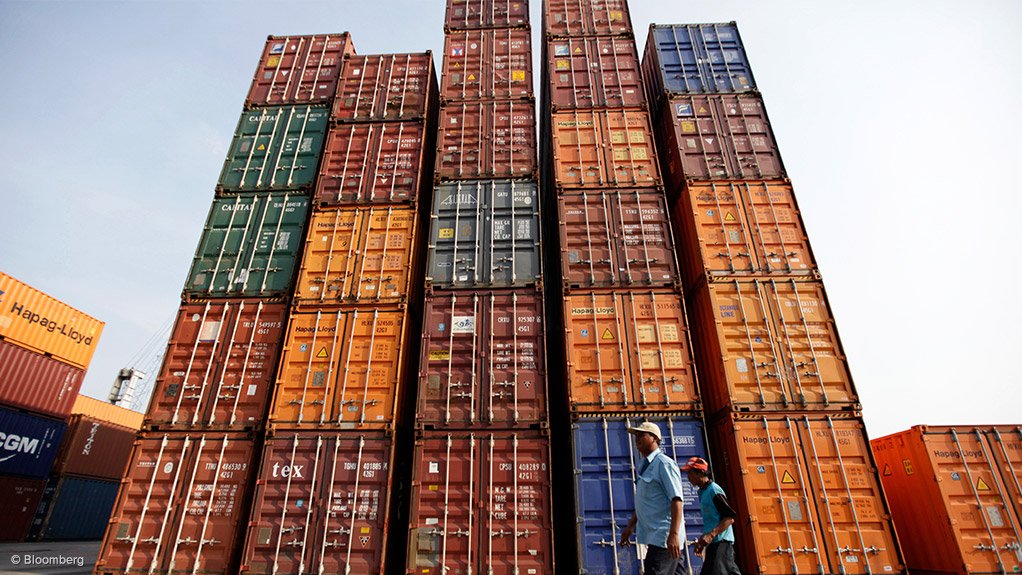The World Trade Organisation (WTO) this week reiterated its call for vigilance as the increasing stockpile of trade-restrictive measures introduced by its members remained a cause for concern, with the slow removal rate resulting in trade-restrictive measures being 12% higher than a year ago.
The WTO’s latest report on trade-related developments showed that 104 new trade-restrictive measures were put in place from October 16, 2014, to May 15, this year – a stable average of around 15 new measures a month.
“The report confirms that WTO members continue to show some restraint in introducing new trade-restrictive measures with the introduction of such measures relatively stable since 2012,” said WTO director-general Roberto Azevêdo.
However, the slow pace of removal of previous restrictions meant that the overall stock of restrictive measures was continuing to increase.
Of the 2 416 measures recorded since October 2008, only 588 have been removed since October 2014, leaving 1 828 restrictive measures still in place.
“With the share of removals of total restrictive measures still under 25%, the longer-term trend in the number of trade-restrictive measures remains an area where continued vigilance is required,” he commented.
Despite this, he believed it was encouraging that WTO members had been adopting more trade-liberalising measures than trade-restrictive measures since the end of 2013.
“WTO members continue to adopt measures aimed at facilitating trade, both temporary and permanent in nature. Members implemented 114 new trade-liberalising measures during the period under review – an average of more than 16 measures a month,” Azevêdo said.
This emerged as the WTO noted mixed trends in world trade and output, with the organisation revising its forecast growth in the volume of world merchandise trade from 2.8% in 2014 to 3.3% in 2015 and 4% in 2016.
The forecast indicated a moderate but continued expansion of trade in the months ahead; however, downside risks continued to “cast shadows over this outlook” on the back of sluggish economic growth, plunging oil prices, exchange rate fluctuations and geopolitical tensions.
EMAIL THIS ARTICLE SAVE THIS ARTICLE
To subscribe email subscriptions@creamermedia.co.za or click here
To advertise email advertising@creamermedia.co.za or click here











